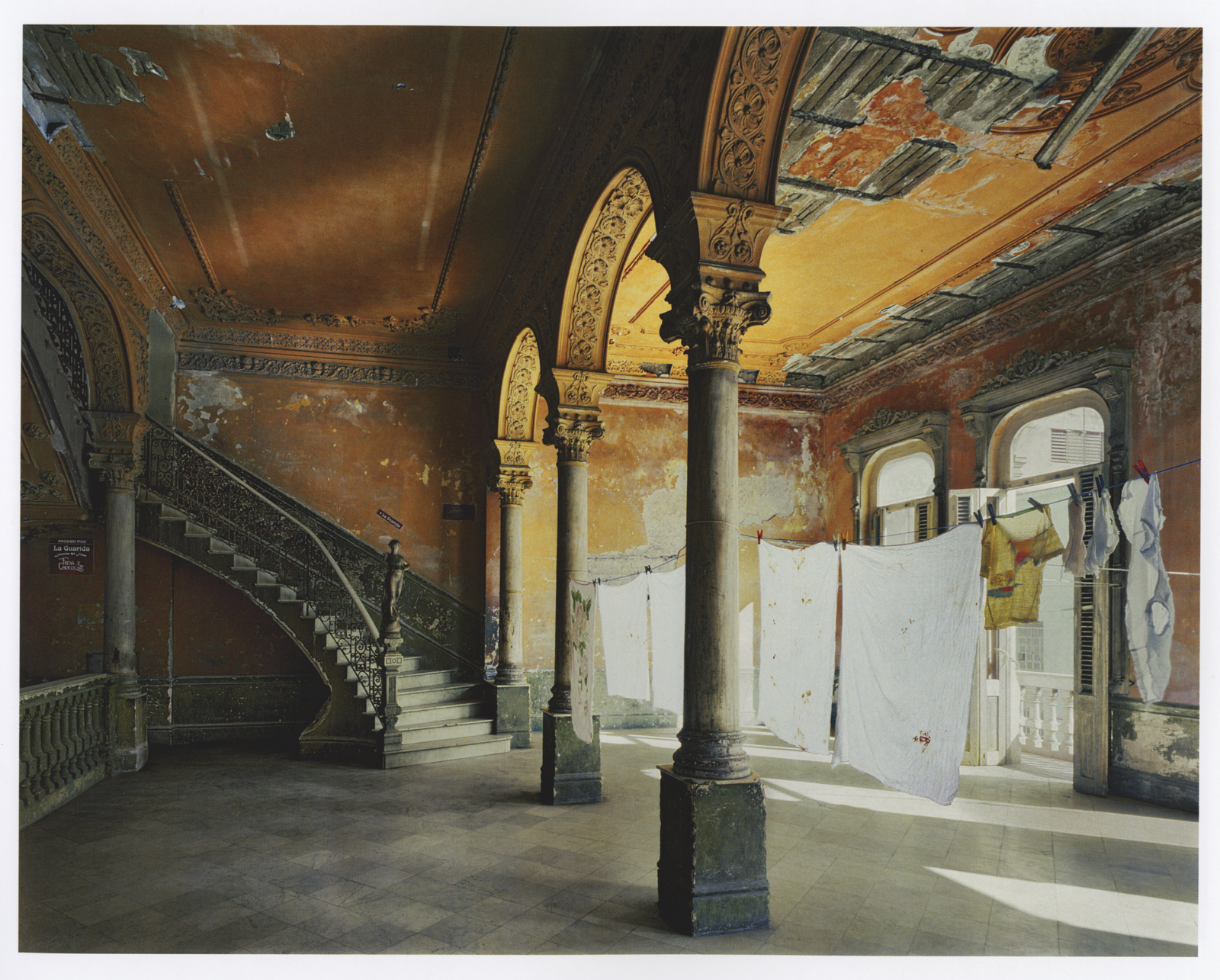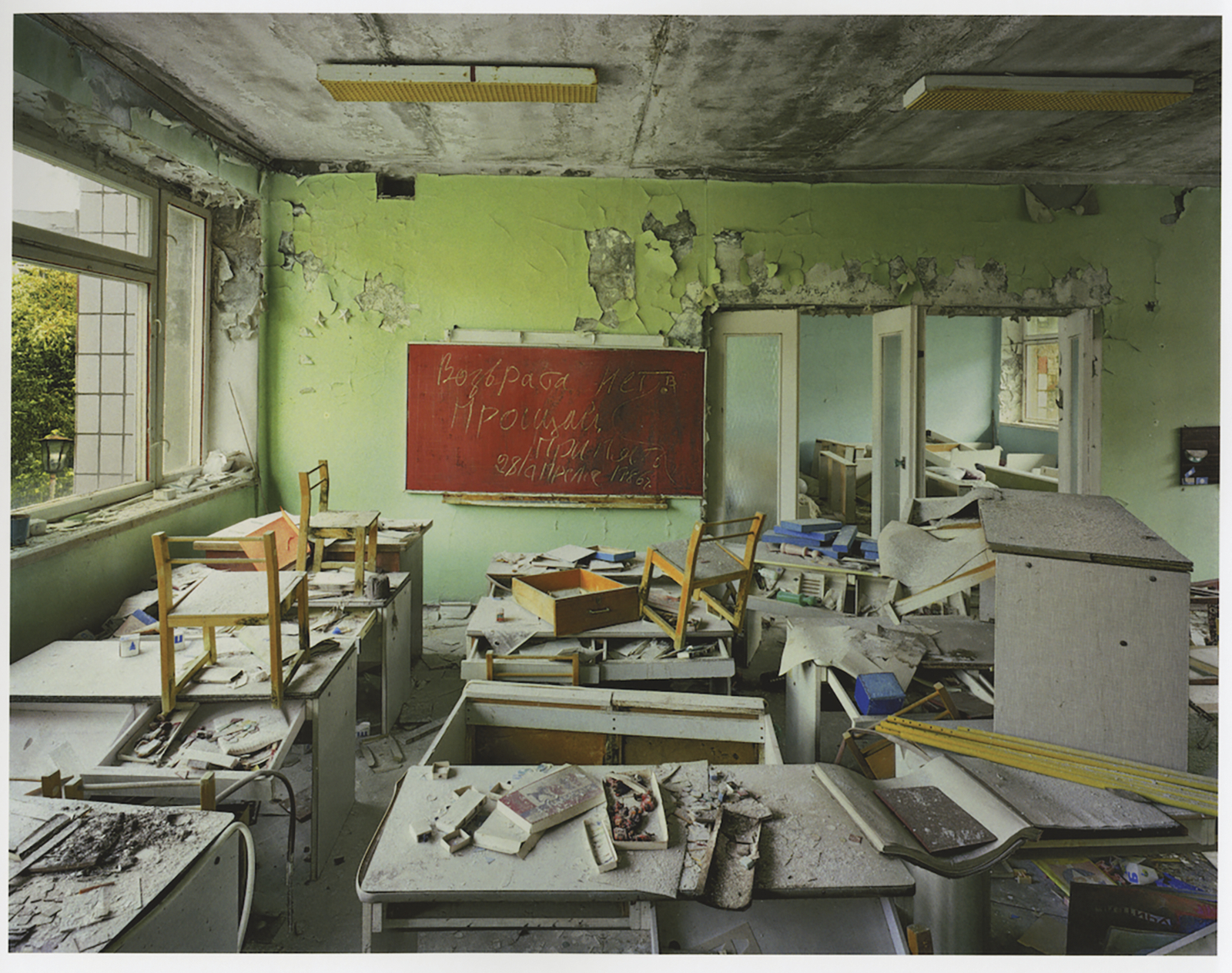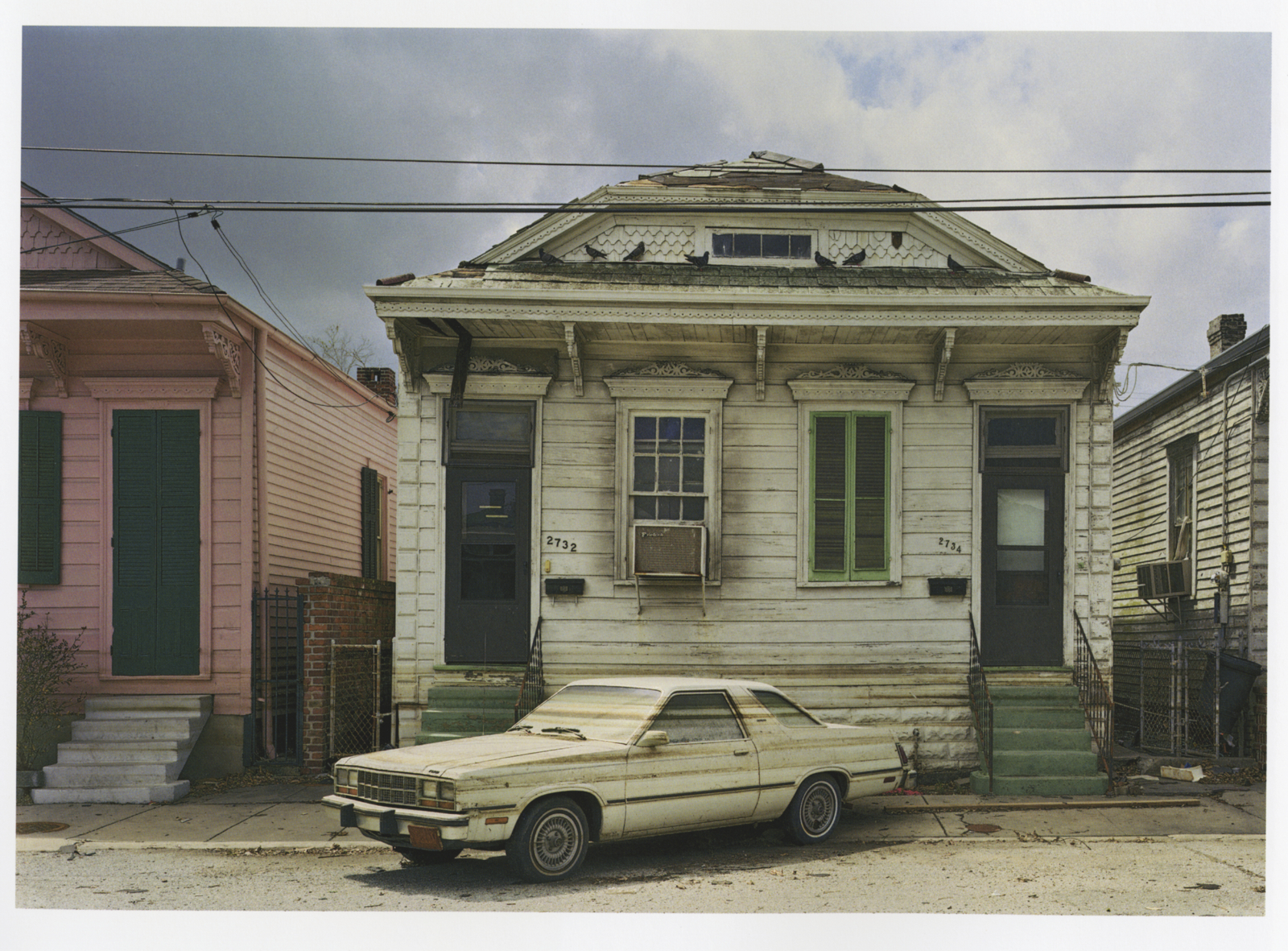Briscoe Center’s New Acquisition will be a Mecca for Architectural and Urban Environmental Research

When Steven Hoelscher saw Robert Polidori’s photographs for the first time, he was blown away. The images, depicting the devastating flooding and ruins in New Orleans in the wake of Hurricane Katrina, arrived on his doorstep in an early January 2006 issue of The New Yorker, where Polidori was a staff photographer.
Hoelscher, a UT professor, was so moved by the pictures that he incorporated the article into his Introduction to American Studies class.
“At least a generation of students taking that course became familiar with that important work,” says Hoelscher, who also serves as associate dean for academic affairs in the College of Liberal Arts and faculty curator for photography at the Harry Ransom Center.
And now, thanks to some anonymous donors, generations of students and researchers to come will be able to explore the full breadth of Polidori’s portfolio. In June, the Dolph Briscoe Center for American History received the archive of more than 85,000 prints by the acclaimed architectural and urban environmental photographer. The Chicago-area philanthropists behind the gift reached out to executive director of the Briscoe Center, Don Carleton, after recognizing the center’s effort in collecting and archiving work of documentary photographers.

“We’re interested in his photographs as historical evidence, and he is a realist in terms of his photography. He does not produce an art print that is not reality,” Carleton says. “He photographs real places, many of which no longer exist. So those images themselves are historical documents.”
In addition to Polidori’s noteworthy work in New Orleans, his subjects include Chernobyl, Pompeii, Versailles, and Havana. His images show human habitats and environments, though often devoid of humans, instead showcasing interiors and exteriors of buildings with precise detail.
Curator emerita of the Museum of Fine Arts in Houston, Anne Wilkes Tucker, describes Polidori’s photos as “absent of human bodies,” but not absent “of the presence of people who inhabited those places.”
Polidori’s work has been displayed all over the world, in museums including the Metropolitan Museum of Art and the Museum of Modern Art New York, and international cities like London and Paris. Now, his photographs will not only live in the art world—they will be preserved as history.

“I’m honored that my body of work will be a part of the Briscoe Center’s photographic collection,” Polidori said in a press release. “It is of particular significance to me to have my archive at an institution that values images as evidence of history.”
The collection, composed of images taken throughout his nearly 40-year career, consists of more than 53,000 color contact prints and 20,000 Polaroid film prints, 11,000 proof prints, 37 large-format exhibition prints, and paper materials collectively worth upward of $30 million. The prints will join the more than 8 million photographs already in the Briscoe Center’s archive, but certainly won’t get lost in the mix—some of the exhibition prints span up to 5 feet tall and 6 feet wide.
“The thing that first draws you in is they’re large prints,” Tucker says. “When you’re in a museum or gallery setting, you’re just drawn in by the beautiful color, by the scene. But when you start looking at them, the juxtaposition of details and his perspectives make you explore the whole picture frame. Because there’s details, there’s information corner to corner that will engage you if you take the time.”
Researchers like Hoelscher are eager to probe into the archive not only to study Polidori’s process through the thousands of prints, but also to analyze the subjects of the photos and learn about different environments of the past.

“We’ll be able to look back at all these important places that he’s visited around the world, and through his almost unparalleled ability to capture detail in vast spaces, both indoors and outdoors, I think we’ll get a good sense of what these places were like and how they changed over time,” Hoelscher says.
While the Briscoe is in the middle of processing and preserving the thousands of artifacts contained in the collection, the center is exploring the possibility of creating an exhibit so the public can gain access sooner. As to what each person might take away from studying the work, Tucker says we can only guess.
“That’s the fun part, you never know what future historians are going to go digging for,” Tucker says. “We’re all digging into the same collection, but it just depends upon what the viewer wants to study in depth. With the kind of diversity that the Briscoe is building, it’ll be wonderful. It’s a gold mine of information.”
Credit: Robert Polidori Archive, Briscoe Center, University of Texas at Austin. © Robert Polidori





